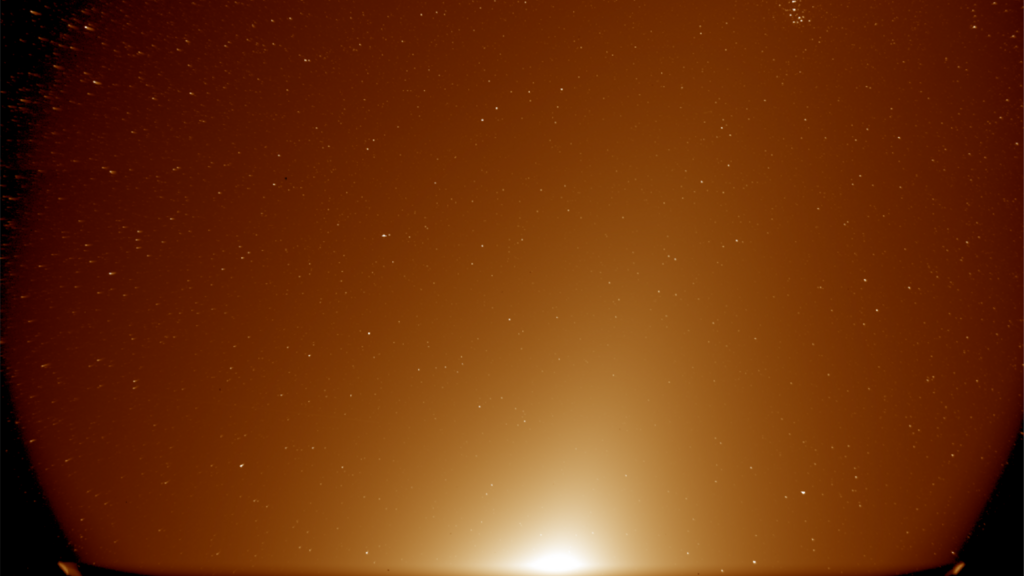Enormous 'shipyard' of ancient galaxies discovered 11 billion light-years away
A similar protocluster may have created our Milky Way.

Astronomers have discovered a massive "shipyard" where galaxies are built, similar to the one our Milky Way grew up in.
The giant structure, called a protocluster, contains more than 60 galaxies and is 11 billion light-years from Earth, so far away that scientists are observing a part of the universe that is only 3 billion years old.
Researchers released a paper on the protocluster named G237 in January, but its existence has now been confirmed by an international team of astronomers, who published their follow-up findings on Oct. 26 in the journal Astronomy & Astrophysics.
"You can think of galaxy protoclusters such as G237 as a galaxy shipyard in which massive galaxies are being assembled, only this structure existed at a time when the universe was 3 billion years old," study co-author Brenda Frye, an associate professor of astronomy at the University of Arizona, said in a statement.
Related: Cosmic record holders: The 12 biggest objects in the universe
Gravity pulls stars and other matter together to form galaxies, which then have a tendency to group together to form clusters. Scientists know little about protoclusters, partly because these conglomerations are too faint to be detected with optical light, according to Frye.
Researchers first observed G237 in the far-infrared region of the electromagnetic spectrum using the European Space Agency's Planck telescope.
Get the Space.com Newsletter
Breaking space news, the latest updates on rocket launches, skywatching events and more!
Scientists have now confirmed its existence through follow-up observations, using the Large Binocular Telescope in Arizona and the Subaru Telescope in Japan, as well as archival data, the Herschel Space Observatory and the Spitzer Space Telescope.
The early observations of G237 implied it was creating stars at an unrealistically high and unsustainable rate. "Each of the 63 galaxies discovered so far in G237 was like a star factory in overdrive," Frye said. It's as if the galaxies were working on overtime to assemble stars."
Hydrogen acts as fuel for forming stars, and the astronomers were initially puzzled because the protocluster didn't appear to get enough hydrogen to fuel its furious rate of star formation.
The researchers discovered some of the star production observations came from galaxies unrelated to G237. The star production for the protocluster remained high after the team removed these unrelated observations, but they believe protoclusters like G237 can draw sufficient hydrogen from filaments, or threads of gas, that link galaxies to create what is called the cosmic web, with protoclusters forming where the filaments intersect. That would mean that protoclusters like G237 have plenty of hydrogen to birth new stars at a dizzying rate.
"The picture we have pieced together now is that of a successful galaxy shipyard, which is working at high efficiency to assemble galaxies and the stars within them and has an energy supply that is more sustainable," Frye said.
Originally published on Live Science.
Join our Space Forums to keep talking space on the latest missions, night sky and more! And if you have a news tip, correction or comment, let us know at: community@space.com.
Patrick Pester is a freelance writer for Space and previously a staff writer at Live Science. His background is in wildlife conservation and he has worked with endangered species around the world. Patrick holds a master's degree in international journalism from Cardiff University in the U.K.










